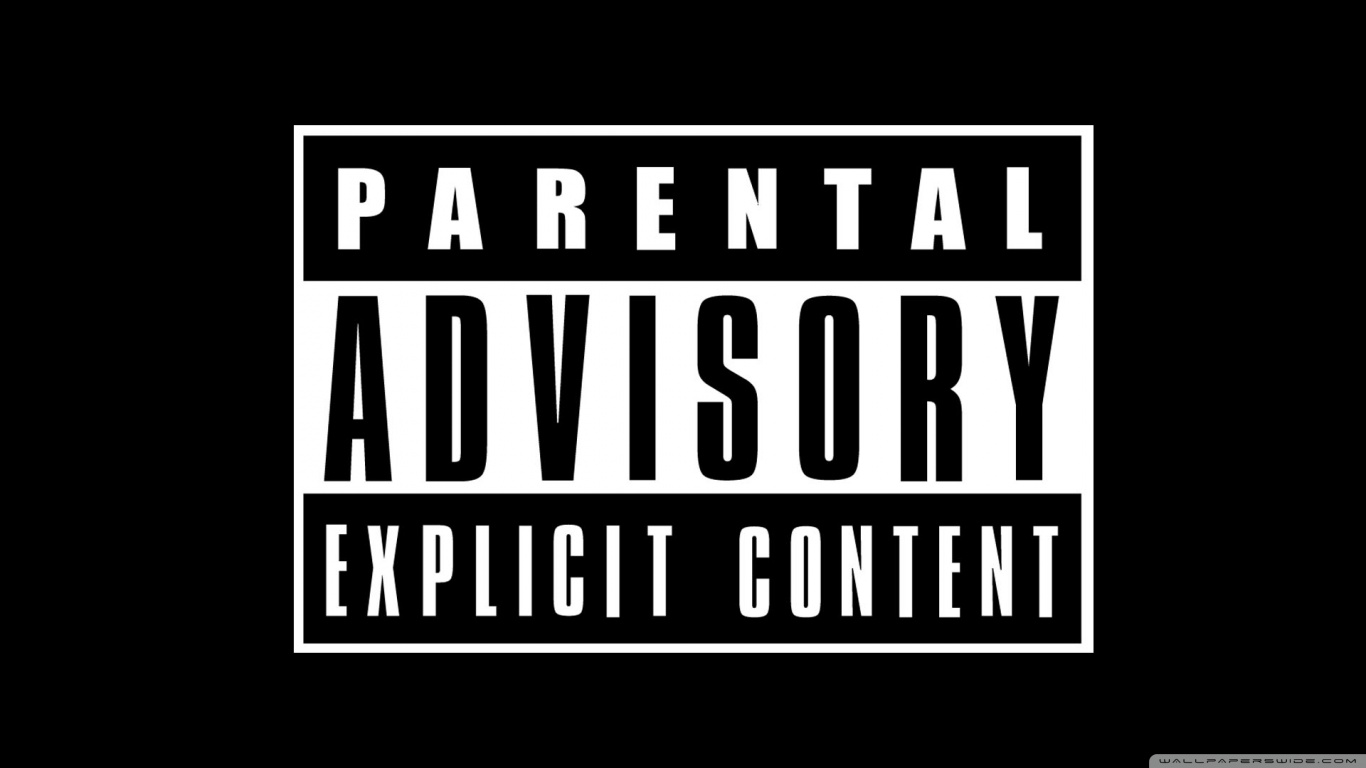
PatrickCollins
Uploaded on Dec 7, 2023
Category
Technology
Trademarks are invaluable assets for businesses worldwide, providing a distinctive identity and protecting your brand from imitation. However, ensuring that your trademark is adequately protected involves navigating a complex process. https://www.cohenklein.com/ Trade ,
Category
Technology
How to Protect a Trademark
How to Protect a Trademark: A
Comprehensive Guide
Trademarks are invaluable assets for businesses worldwide, providing a
distinctive identity and protecting your brand from imitation. However,
ensuring that your trademark is adequately protected involves navigating a
complex process. In this guide issued by Cohen Klein & Associates,
international intellectual property experts, we will walk you through the key
steps to safeguarding your trademark effectively.
Requirements for Protection
To start, it's crucial to understand that trademarks are generally protected
through registration with the national or regional intellectual property (IP)
office. Some countries, however, also grant trademark rights through use.
In order for a sign to qualify for trademark protection, it must be distinctive
and capable of distinguishing your goods or services from those of
competitors.
Costs of Protecting a Trademark
Trademark protection comes with associated costs that can vary
significantly depending on your target countries and the number of classes
of goods and services you wish to cover. These costs typically include:
• Application/Registration Fee: This fee is paid to the IP office and
varies by location and coverage.
• Trademark Agent Services: In some cases, using a trademark agent
may be required by the IP office.
• Renewal Fees: To maintain exclusive rights over your trademark,
renewal fees are typically due every ten years.
Each national or regional IP office has its fee structure, so it's essential to
consult the relevant office for detailed information.
The Trademark Registration Process
Trademark registration follows a standardized process in most countries,
although specific steps and their order may vary. The general process can
be summarized as follows:
• Application: Start by submitting a complete trademark application
form and paying the necessary fees. Many countries offer online
application options. Your application will include a representation of
the mark and a list of goods and services it will cover. Some offices
may require proof of use or an intent-to-use declaration.
• Examination: The IP office examines your application for
administrative compliance and may also check for conflicts with
existing trademarks.
• Publication: In many cases, the trademark is published in a journal.
Some countries publish it only after registration.
• Opposition: Many offices provide a period during which others can
oppose the trademark's registration. The office will make a decision
based on evidence provided, subject to appeal.
• Registration: Once there are no grounds for refusal, the trademark is
registered, and you receive a registration certificate, generally valid
for ten years. Renewals are possible upon payment of a renewal fee.
https://www.cohenklein.com/
Obtaining Protection Abroad
Trademark protection is territorial, meaning it only applies in the countries
or regions where it is registered. To secure protection abroad, you can
choose from the following routes:
• National Route: File separate applications with the trademark office
in each country where you seek protection. Be prepared to use locally-
based trademark agents in some cases.
• Regional Route: If you desire protection in countries that are part of
a regional trademark system, apply for registration through the
relevant regional office.
• International Route: Consider WIPO's Madrid System for a cost-
effective solution to register and manage trademarks globally. This
system allows you to file a single international trademark application
and pay one set of fees for protection in up to 130 countries.
Trade Mark Protection in the EU
In Europe, trade marks play a significant role in brand development and
protection. The European Union offers both national and EU-level
registration options, providing flexibility to businesses of all sizes. Let's
delve into the specifics of trade mark protection in the EU.
What are Trade Marks?
A trade mark is a sign that distinguishes the goods and services of one
company from others. These signs can include words, logos, devices, or a
combination of these elements, serving as unique identifiers of business
origin, also referred to as 'brands.' Trade marks are essential assets,
fostering customer loyalty, driving innovation through R&D investments,
and contributing significantly to economic growth and employment.
https://www.cohenklein.com/
Dual System of Protection in the EU
In the European Union, there are two primary methods to register a trade
mark:
• National Level: Register your trade mark at the industrial property
offices of EU countries. This option suits small and medium-sized
enterprises (SMEs) and local firms seeking protection in specific
regions.
• EU-Level: Register your trade mark as a 'European Union trade mark'
(EUTM) with the European Union Intellectual Property Office
(EUIPO). This single registration procedure grants exclusive rights in
all EU countries, making it suitable for businesses with broader
geographical presence and market reach.
Both national and EU-level trade mark registrations coexist and
complement each other. The choice between them depends on your specific
business needs and the scope of protection you require. National trade
mark laws in the EU were harmonized in 1989, while the EU trade mark
was established in 1994.
In conclusion, protecting your trademark is a critical step in safeguarding
your brand's identity and market presence. Whether you seek protection at
the national, regional, or international level, understanding the
requirements and costs associated with trademark registration is essential.
Cohen Klein & Associates, international intellectual property experts, are
here to guide you through this intricate process and help you secure the
protection your brand deserves. For personalized advice and assistance,
don't hesitate to contact us today. https://www.cohenklein.com/

Comments